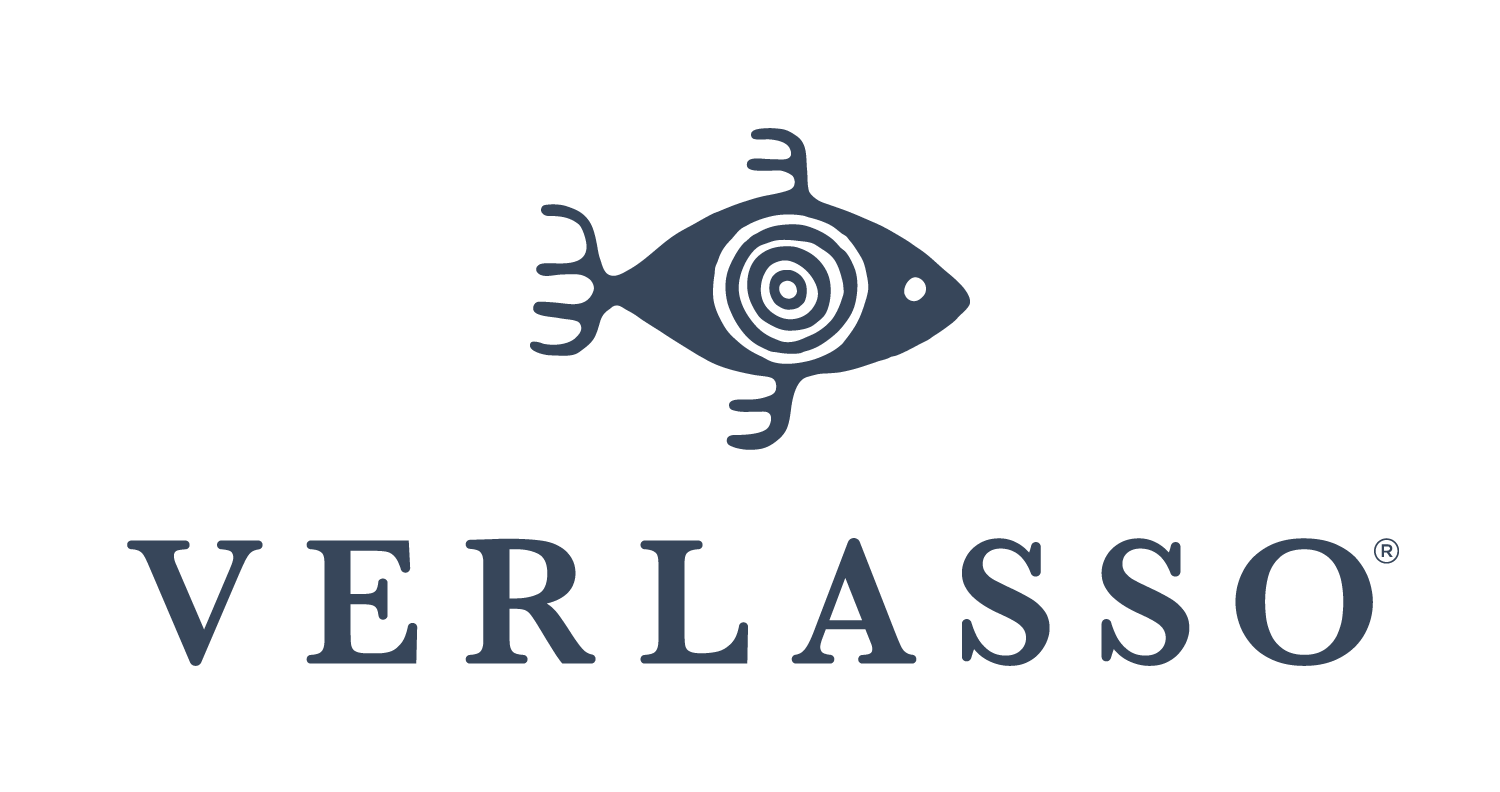If you’re a chef, restaurant owner, or seafood buyer, half of your work involves offering your clients healthy, delicious food and educating them on the latest trends. On the flip side, what goes on behind the scenes in terms of sourcing has an even larger impact on what dishes your guests ultimately enjoy. Along with those bright, red organic tomatoes and free-range chickens, seeking out the highest quality sustainable seafood should be right at the top of your priority list.
Did you know that fish and seafood actually changes hands more times than any other food in the supply chain? On average, it gets moved nine times! This means that with every purchase, there is a significant chance that you are not getting the fish or seafood you thought you were ordering. In fact, a study by Oceana several years ago suggested that at least one out of three times, buyers don’t receive the fish or seafood that was advertised. It is thus essential to share your expectations with your suppliers and producers.
Demand Accountability
Asking for more information on invoices is a great way to demand more accountability from suppliers. For example, at the end of each month, every chef, restaurant, or buyer receives a bill from his or her seafood provider. Usually that invoice has a simple list attached to each item ordered – typically species, weight purchased, and price. This broad level of information, however, is only the tip of the iceberg in terms of the details you can receive.
In order to be both Seafood Watch and James Beard Smart Catch compliant, an even greater amount of information is needed. Sustainable seafood information needs to be aggregated and curated, which means that ratings and certifications need to be included in a single platform. Most people use a simple Excel spreadsheet or FishChoice (if done at all).
What About FishChoice?
FishChoice seems to be the easiest option and is accepted by both Seafood Watch for their assessments, as well as James Beard Smart Catch. FishChoice offers tools and provides resources that make it easier for the industry to buy sustainable seafood. They collaborate with both the leading sustainable seafood programs and leaders in the seafood industry in an effort to advance sustainability in the global seafood industry. It is a huge platform that offers businesses several tools to advance their sustainable seafood sourcing, tracking, education, engagement, and more.
The issue with a platform like FishChoice or Seafood Watch, however, is that as an industry, we need to demand better invoicing to give us the information we need to use the tools that these organizations have created for us. FishChoice, for example, asks for no less than eight different specifics about a single fish or seafood, as opposed to the three that most suppliers provide.
Give Consumers What They Want
Several studies have shown consumer preferences for sustainable seafood. In fact, consumers will pay up to 30% more when they know the provenance of the food that they are eating. Quite simply, traceability brings value.
Consumers want to make more sustainable choices, and chefs and retailers want to provide them. But aggregating and curating sustainable seafood information, ratings, and certifications into a single place is not easy. Getting the correct information is at times nearly impossible even under the best of circumstances.
James Beard Smart Catch has started to amplify the need for better information on invoices from fish and seafood mid-market suppliers. In one case in Denver, Colorado, so many chefs were using FishChoice to become Smart Catch-compliant that it forced the largest fish and seafood distributor in the area to change its invoicing. This is the type of momentum that every city needs!
As collaborators, we can all make a commitment to identify environmentally-responsible recommendations on all product listings that we order from. By listing species, country of origin, catch method, and sustainability rating (along with pounds purchased and price on invoicing and in catalogs), we can all be informed buyers.
By simply listing this detailed information on monthly invoices, a restaurant can utilize tools like FishChoice and James Beard Foundation’s Smart Catch to ensure that their fish and seafood sourcing stays on track. It is through this type of collaborative partnership that we can all help transform the marketplace in favor of environmentally-responsible fisheries and aquaculture operations.
Tell us – what are you or is your restaurant doing to source sustainable seafood? Let us know on Twitter by tagging @VerlassoSalmon!






